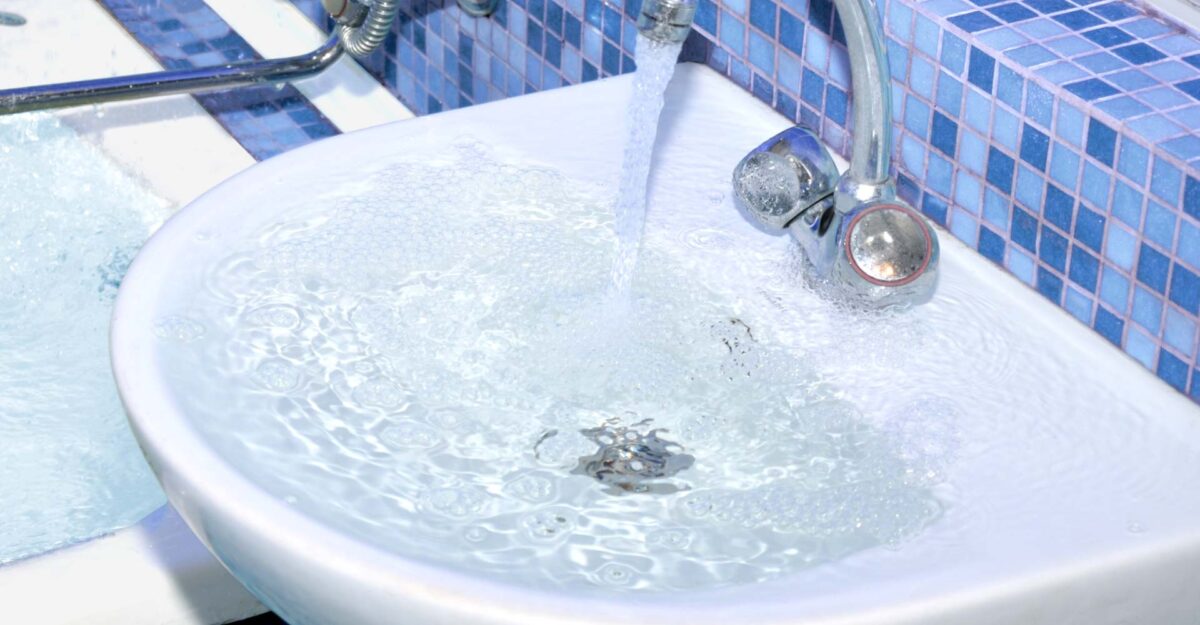Water Damage and Restoration Water

H2O Unveiled: Demystifying Water in the World of Damage and Restoration Part 2
This is part 2 of a 15 part series on water damage and restoration titled, Water Unleashed: A Comprehensive Guide to Understanding, Preventing, and Restoring Water Damage.
Hey, hey, everyone! It’s your pal, Adam Vermilyea, and today we’re going to take a deep dive into the world of water – yes, that clear liquid that’s essential to life, but also happens to be the prime suspect when it comes to water damage and restoration part 2. Understanding water, from its properties to how it interacts with different materials, and its categories and classes, is absolutely crucial. So, put on your thinking caps, because we’re about to embark on a journey of liquid enlightenment!
Water Properties: The Building Blocks of Life
First things first, let’s get to know water a bit better. Water isn’t just water; it’s a miracle molecule with some pretty unique properties:
- Universal Solvent: Water is like that friend who always knows how to break the ice. It’s an excellent solvent, meaning it can dissolve many different substances. This property makes it quite the troublemaker when it comes to water damage because it can carry all sorts of nasties into places they shouldn’t be.
- High Heat Capacity: Water can absorb a lot of heat without changing its temperature much. This makes it perfect for maintaining stable temperatures in our bodies and environments. However, it can also cause materials to expand and contract, potentially leading to damage.
- Surface Tension: Water molecules like to stick together. This surface tension is great for a nice, refreshing glass of water but can also cause water to pool in places it shouldn’t, leading to mold and structural damage.
How Water Interacts with Different Materials: The Dance of Destruction
Now, let’s talk about how water plays with others. You see, water isn’t picky; it loves to interact with different materials in various ways:
- Wood: Water’s a bit of a bully when it comes to wood. It infiltrates the structure, causing swelling, warping, and rot, which isn’t great for your floors, walls, or furniture.
- Metal: Water and metal aren’t the best of friends. When they get together, rust forms. If you’ve ever seen a rusty car or pipe, you know exactly what I mean.
- Concrete and Masonry: Water can seep into the pores of concrete and masonry, and then, when temperatures drop, it freezes, causing cracks and crumbling – not great for your home’s foundation.
- Textiles and Fabrics: Water loves soaking into textiles, causing discoloration, mold, and, worst of all, that musty odor you can’t get rid of.
Water Categories and Classes: The Shades of Trouble
When it comes to water damage, it’s not just water; there are categories and classes to consider explained in ANSI/IICRC S500 Standard for Professional Water Damage Restoration
- Categories of Water Damage:
- Category 1: Clean water from a clean source, like a leaky faucet.
- Category 2: Contaminated water with mild to moderate pollutants, like a washing machine overflow.
- Category 3: Highly contaminated water with dangerous pathogens, like sewage backup or floodwater. This is the nastiest of the bunch!
- Classes of Water Damage:
- Class 1: Minimal water absorption, affecting only a small area.
- Class 2: Significant water absorption, affecting an entire room or multiple rooms.
- Class 3: The most severe, with water absorption in ceilings, walls, and floors.
- Class 4: Specialty drying situations, often requiring advanced techniques.
Understanding these categories and classes is critical when it comes to assessing and tackling water damage. It helps water damage and restoration professionals determine the extent of the damage and the best approach for restoration.
So there you have it – the essential scoop on water. It’s not just a passive liquid; it’s a force to be reckoned with, capable of both nurturing and destruction. Now that you’re armed with this knowledge, you’re better equipped to understand water damage, how it happens, and how to deal with it. Stay tuned for more wisdom on this essential topic, right here with your buddy, Adam Vermilyea!
Technicians Responding Now!
Contact us today and get help you need and deserve.
We’re responding to all restoration emergencies now. Including Water Damage, Fire Damage, Smoke Damage, and more. Call Now.
About the author

Hi there, I’m Adam.
I’m owner of Benchmark Restoration & Cleaning and working in Vancouver Washington. When I’m not restoring homes, I’m out exploring the National Parks with family.
Benchmark Restoration & Cleaning
11419 NE 126th St, Suite #116 Vancouver Washington 98662
Phone: 360-696-4140
Email: [email protected]
